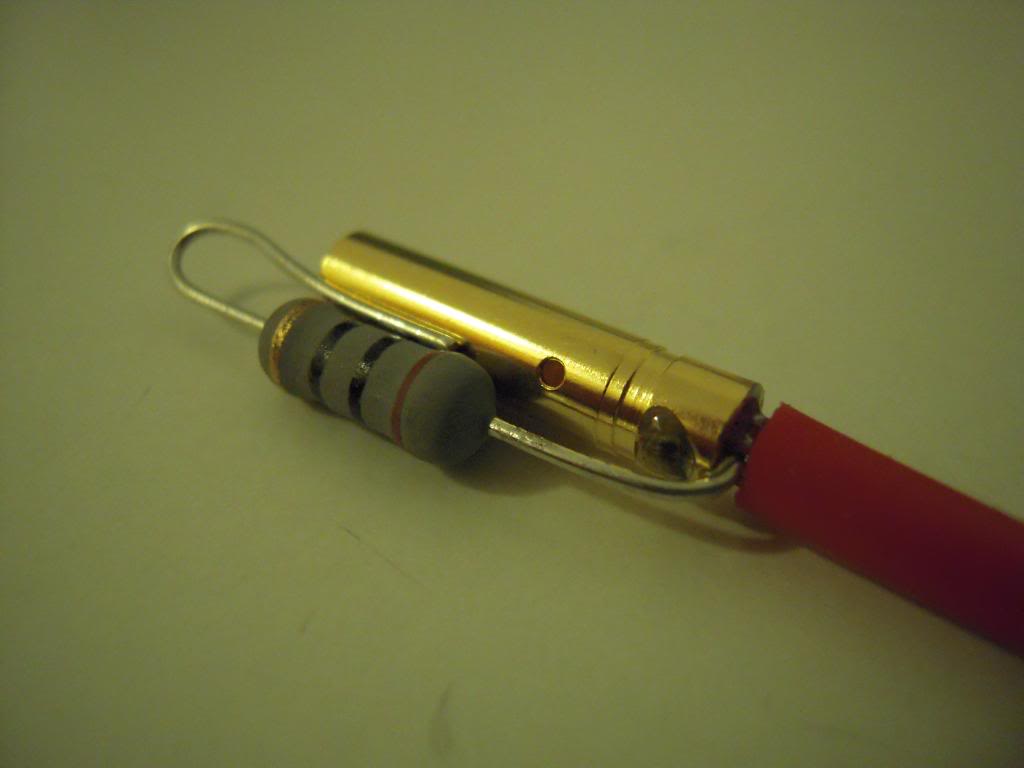I know this has been covered all over the place but I can't seem to find a clear and concise answer to this.
I am running a tidalforce 750x on the B battery (which is a self built headway 12s1p pack 43.8v).
I connect to the bikes controller via andersons and right now get a spark when i connect.
So i want to add a Pre-Charge resistor. I used the no-spark calculator on: http://www.scriptasylum.com/rc_speed/_nospark.html
and got a value of 200ohm 1.87watts for a 1 second charge so i figured I'd go will a 200ohm 5watt resistor like this:
http://www.allelectronics.com/make-a-store/item/200-5/200-OHM-5W-RESISTOR-SAND/-/1.html
let me know if i am on the right track with this.
And the no-spark calculator says, the resistor should stay plugged in, but fetchers diagram has a switch in series to disconnect resistor after charging circuit. DO i need a switch and if so what you out there recommend?
thanks for any help you can provide.
fyi i peak below 50amps if that is necessary for switch choice.
I am running a tidalforce 750x on the B battery (which is a self built headway 12s1p pack 43.8v).
I connect to the bikes controller via andersons and right now get a spark when i connect.
So i want to add a Pre-Charge resistor. I used the no-spark calculator on: http://www.scriptasylum.com/rc_speed/_nospark.html
and got a value of 200ohm 1.87watts for a 1 second charge so i figured I'd go will a 200ohm 5watt resistor like this:
http://www.allelectronics.com/make-a-store/item/200-5/200-OHM-5W-RESISTOR-SAND/-/1.html
let me know if i am on the right track with this.
And the no-spark calculator says, the resistor should stay plugged in, but fetchers diagram has a switch in series to disconnect resistor after charging circuit. DO i need a switch and if so what you out there recommend?
thanks for any help you can provide.
fyi i peak below 50amps if that is necessary for switch choice.





